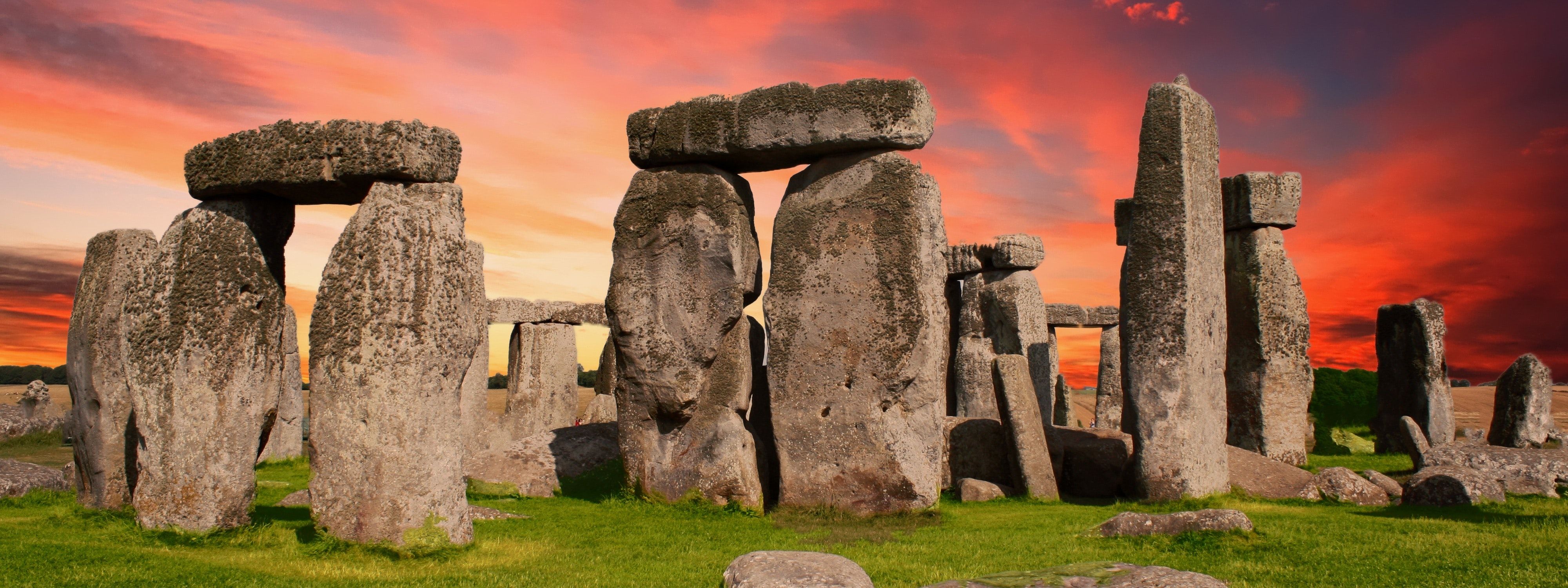Scotland is known for many things. Sexy accents, funny kilts, flaming red hair, horrible food, and of course, Stonehenge.
The ancient and mysterious stone circle has been the subject of much debate as long as anyone can remember. Who built it, how did it get there, what does it all mean?
Many theories exist about the ancient temple. The most popular is that it was built by the Druids as a place to perform sacrifices. This isn't a commonly held theory in academic circles anymore, as it's believed Stonehenge began construction in about 3100 BC, and the Druids were only around from 300 BC.
Another theory is that the Danes built it. Until about the 1900s, many academics referred to Stonehenge as a Saxon temple, although there's not much evidence to back the claims. For any idea about who built Stonehenge, there's evidence that the theory is wrong. It's unlikely we'll ever know who put those stones there in the first place.

Stonehenge is famous because it's so complete, but there are many other stone circles that garner attention. Including one in Leochel-Cushnie parish.
A farmer reported a grouping of stones to authorities, believing it to be of historical significance. Scholars flocked to his field, examining the stone circle.
The circle wasn't like many of the other areas studied, but that just gave archaeologists more to consider.
Without carbon-dating, the scientists were left to guess at the age. They pegged it at around a few thousand years old.
The site was named an official "Recumbent Stone Circle" and further testing was conducted. Unfortunately it was revealed that the "thousand-year-old stone circle" was actually only about 20. Aberdeenshire County was featured in a piece about the stone circle, that's when the story took a turn. A former owner of the land where the stones were admitted to building it himself...in the 1990s.

"Some unusual features were noted during its recording, including its small diameter, proportionately small stones and lack of an obvious associated cairn or kerb stones," explained the council in a statement. "There is however a huge amount of variation between Recumbent Stone Circles so finding these kinds of differences was not initially a major cause for concern."
Scientists say accurately predicting the dates on the stones can be hard, but this might be one of the worst misses in history.
